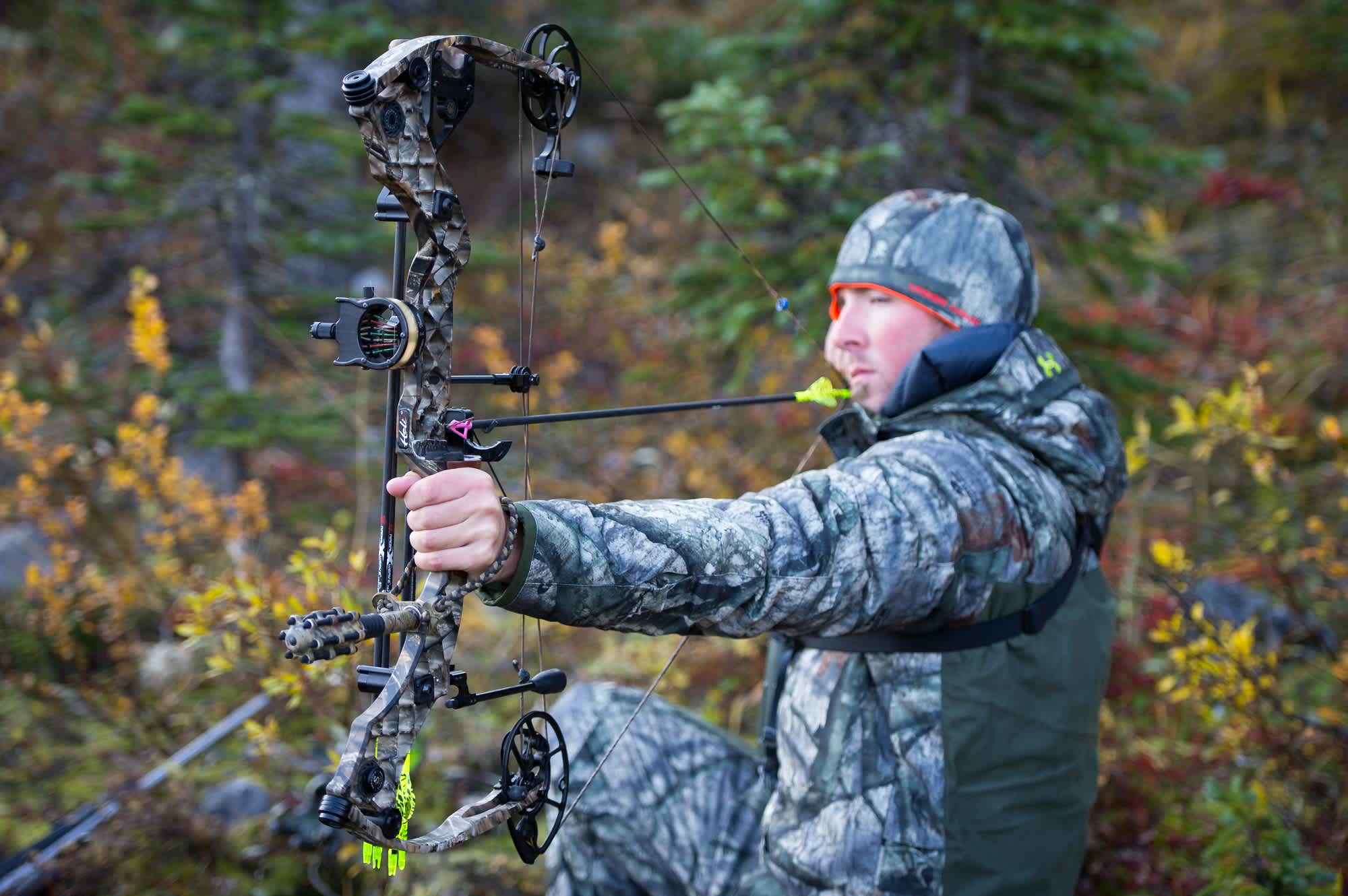What’s the Best Draw Weight for a Bow?
Nick Trehearne 01.12.15

One of the biggest decisions to make when you are shopping for a new bow is what draw weight the bow should have. Most people, myself included, overdo it for what they are actually hunting. Is this a bad thing? Not really. But when talking to new and old archers alike, I have had way too many conversations where they think they need the heaviest bow on the market because that’s what their buddy or some “pro” on TV has—and that’s simply not true.
There are some facts that can’t be ignored, however. Draw weight is an important factor when it comes to speed and kinetic energy. If you have a 70-pound bow with a light arrow, you can achieve greater arrow speeds than a 60-pound bow—that’s just basic physics. It’s no different than if you have a 70-pound bow and you use an extremely heavy arrow; you’ll have slower speeds but greater kinetic energy (there is a point at which the gain in weight becomes not worth it). However, when using extremely heavy arrows, you need the pounds to back it up to maintain that energy.
So what is the minimum weight for hunting with a compound bow? Really, there is no universal number! As far as hunting goes, the minimum draw weight that is set in place by each state or province is more than enough to hunt the animals that live within their jurisdictions.
Since I was a little kid in the local bow shop, I have known a lady who has bowhunted throughout North America. She has harvested moose, caribou, bear, elk, deer, antelope, bighorn sheep, and many others. This was all done with a 40-pound bow. Her logic was that draw weight didn’t matter as long as she could comfortably shoot a bow and the pin was in the right spot.
With today’s technology this still is very true—you can easily shoot a bow with a draw weight that is 10 pounds less than one that was released 10 years ago and still have a faster arrow with more kinetic energy. Don’t forget, draw weight is only as important as the weight of your arrow and the speed you can get with your bow.
According to Easton, it is recommended that you have 25 to 41 foot-pounds of kinetic energy to hunt medium-sized animals such as deer and antelope. It is possible to shoot a bow with an IBO rating of 305 feet per second at 40 pounds/28-inch draw with a 350-grain arrow and still come in slightly higher than the minimum recommended for medium-sized game. For large game such as black bear and elk, Easton recommends 42 to 65 foot-pounds. With the same setup previously mentioned, but at 50 pounds, you can achieve 49 foot-pounds, which puts you right in the middle of recommended kinetic energy for just about any animal in the Lower 48. For the toughest, largest game such as grizzly bears and Alaska-Yukon moose, Easton recommends kinetic energy greater than 65 foot-pounds. It is not until this point that you would need to get a faster bow with a heavier arrow to meet their guidelines. But even with that said, a bow that has an IBO rating of 330 (which is not uncommon in today’s market) with a 28-inch draw, 65-pound draw weight, and a 400-grain arrow, it comes in higher than that recommended minimum.
So with all of that said, there is really no reason to overdo it with draw weight. If you’re practicing every day and are capable of handling more, it’s never a bad thing to have more kinetic energy or a flatter-shooting bow—it will help when your guessing yardage or make a bad shot and hit bone. But for those just getting into it, or who struggle with drawing back or handling the weight, just remember that you can get away with less draw weight and most likely still have no problem taking down the animals that you’re hunting. It’s way better to be a proficient shot and handle the weight than struggle trying to hold too many pounds and not be as accurate. No matter which way you go, make sure it’s comfortable to shoot.

